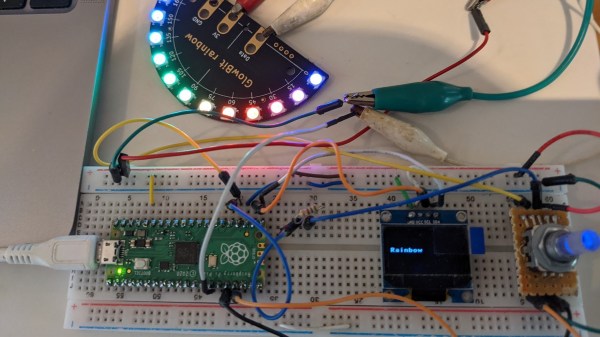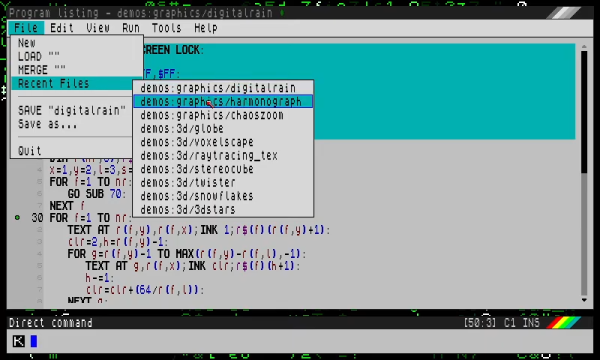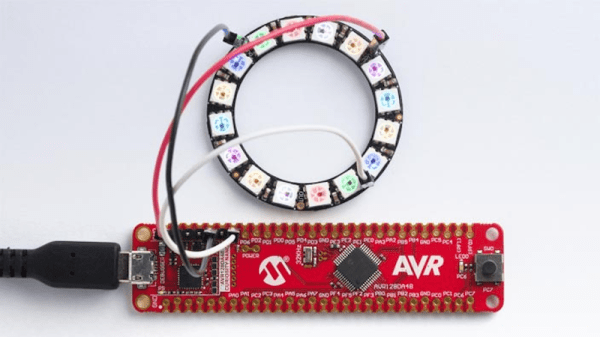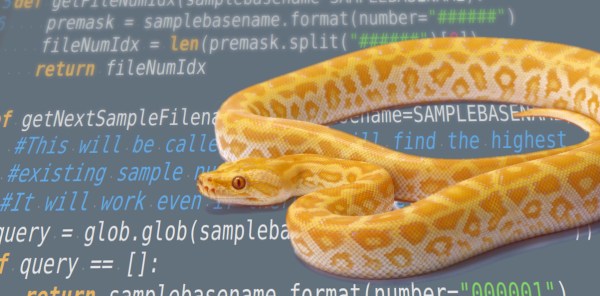Love ’em or hate ’em, sometimes your embedded project needs a menu system. Rather than reimplement things each and every time, [sgall17a] put together a simple GUI menu system in Micropython that can be reused in all sorts of projects. The approach uses tables to define the menus and actions, and the demo program comes with a pretty good assortment of examples. Getting up to speed using this module should be fairly easy.
The hardware that [sgall17a] chose to demonstrate the concept couldn’t have been much smaller — it’s a Raspberry Pi Pico development board, an OLED 128 x 64 pixel display, and a rotary encoder with built-in push-button switch (it’s also been tested on ESP32 and ESP8266 boards). The widget under control is one of the commonly available Neopixel development boards. The program is hosted on GitHub, but beware that it’s under development so there may be frequent updates.
This is a good approach to making menus, but is often rejected or not even considered because of the overhead cost of developing the infrastructure. Well, [sgall17a] has done the hard work already — if you have an embedded project requiring local user setup, check out this module.


















